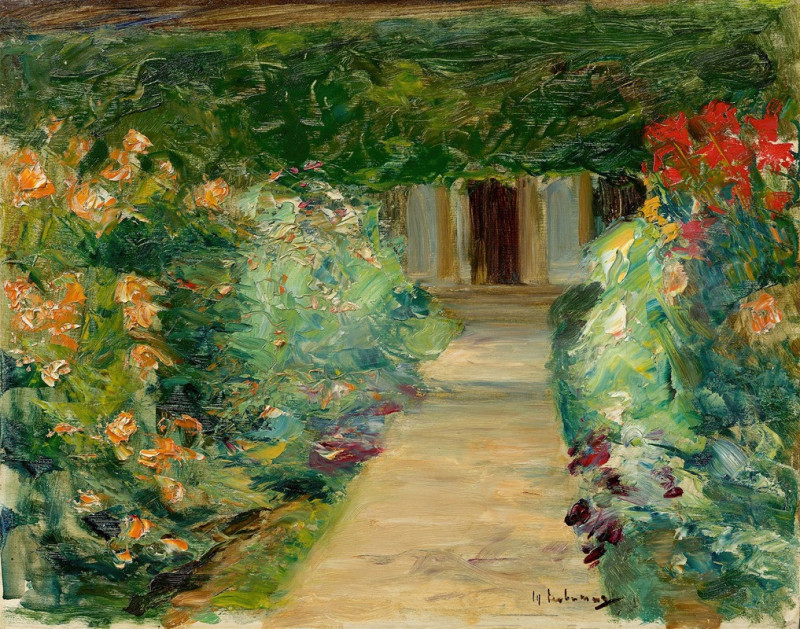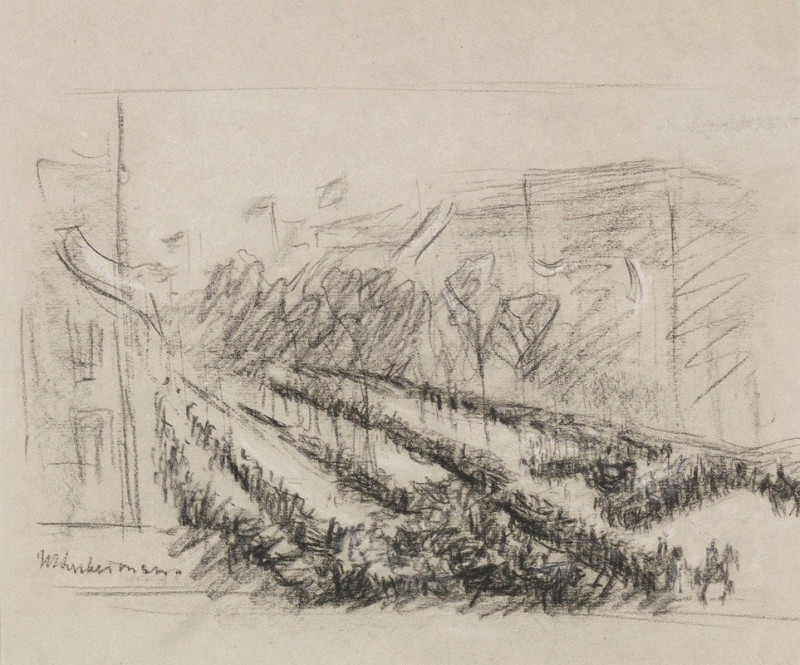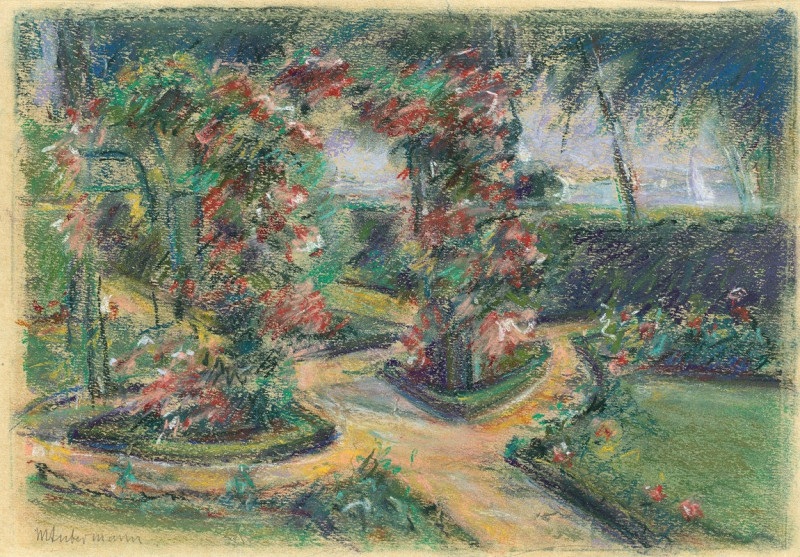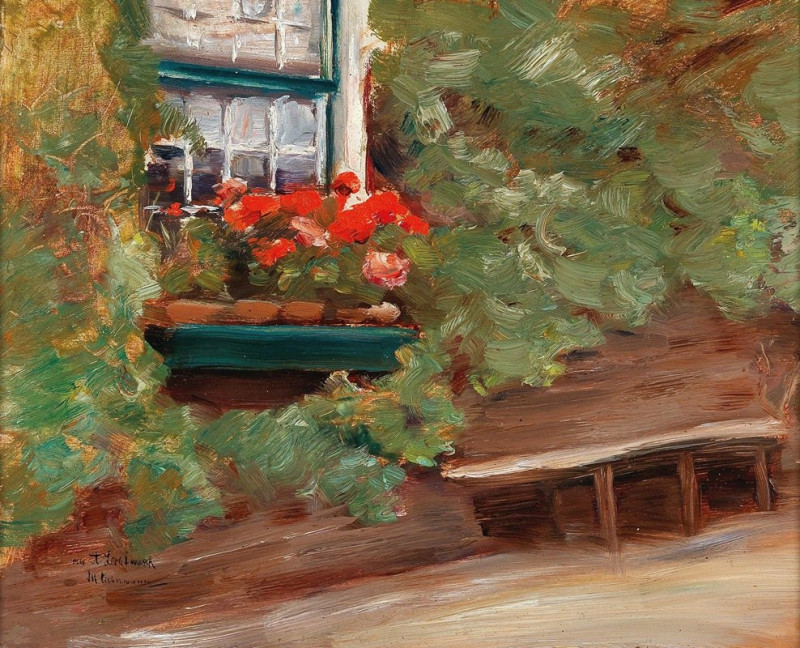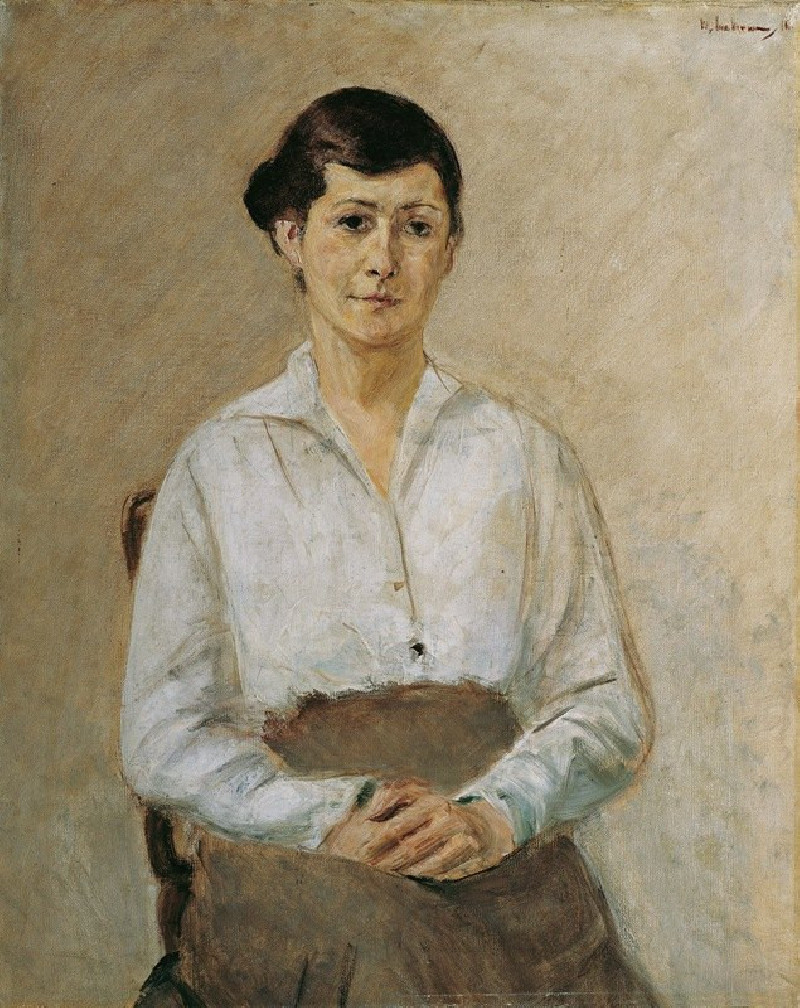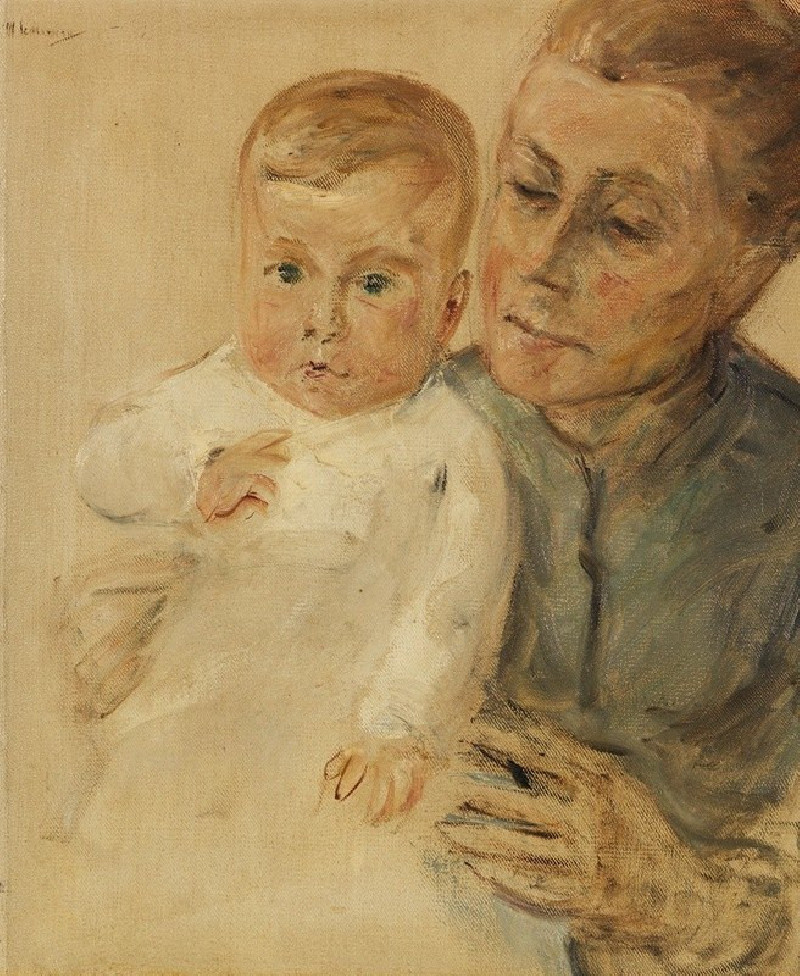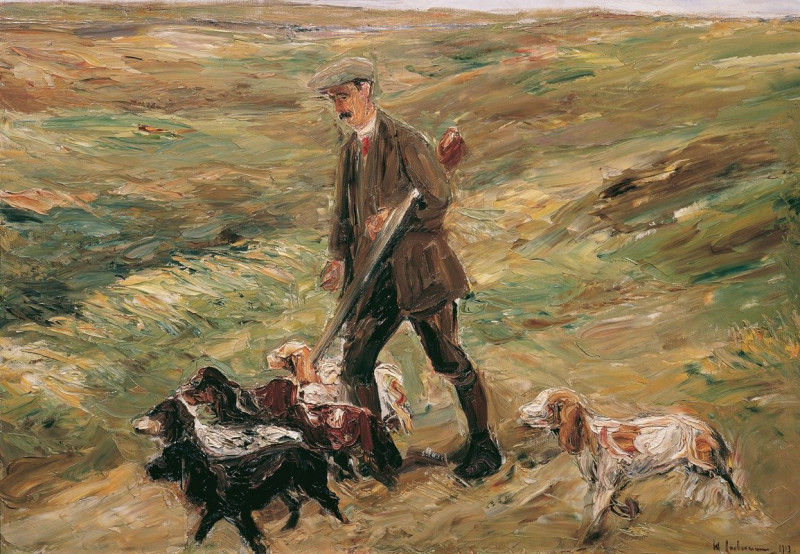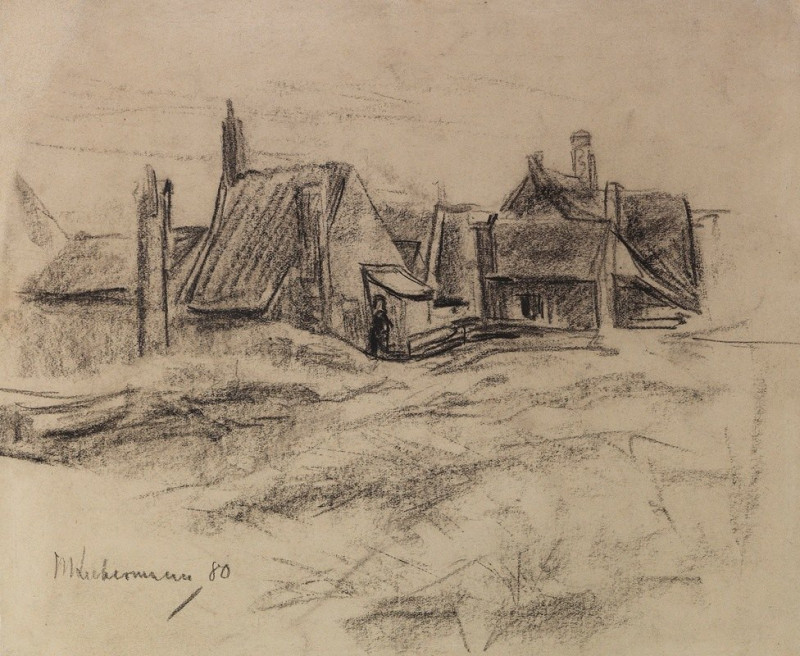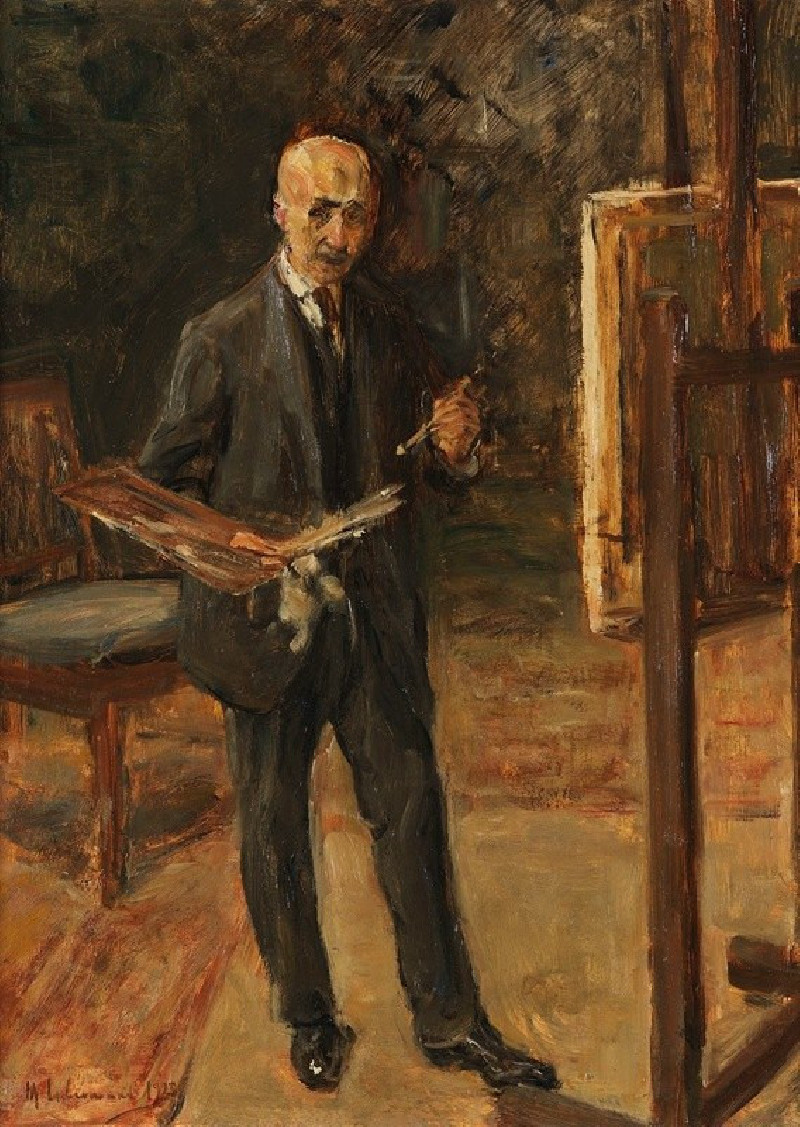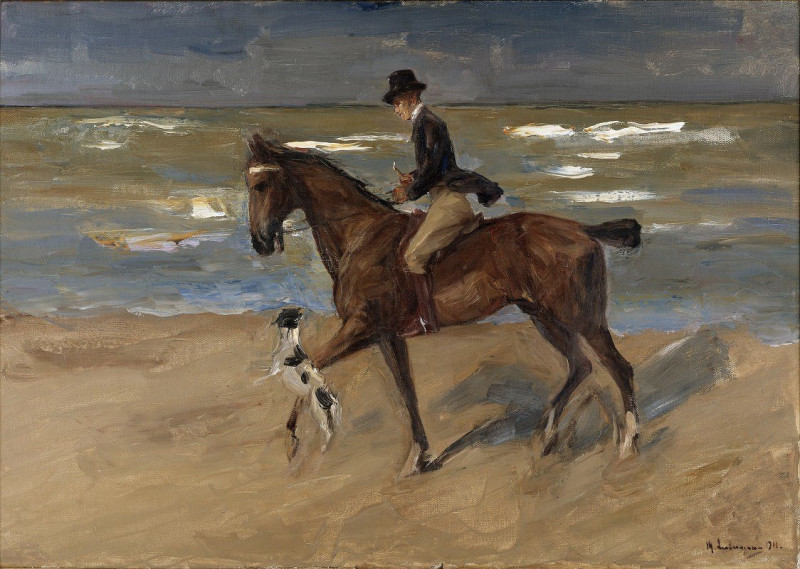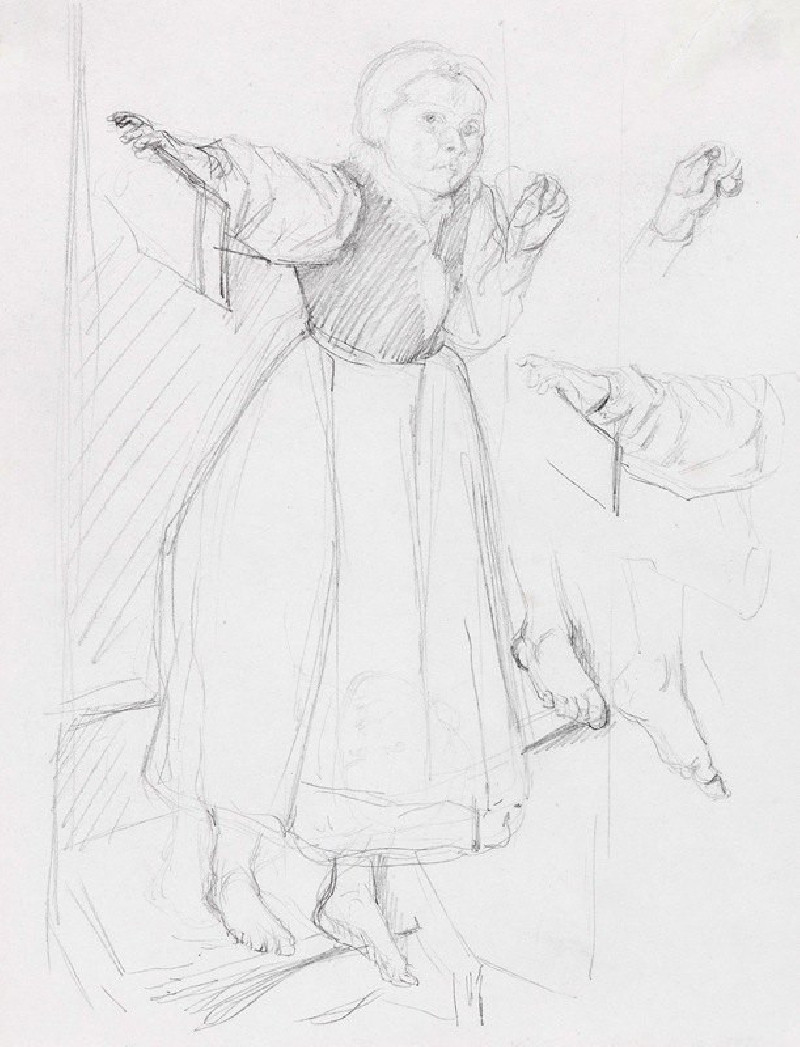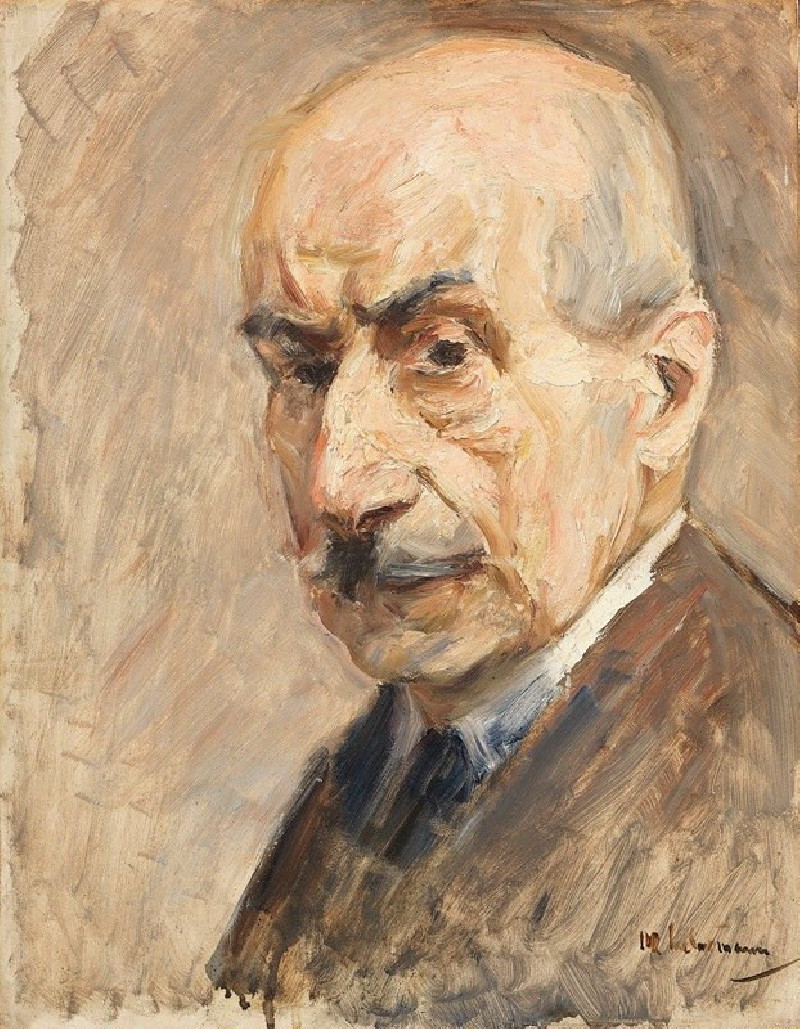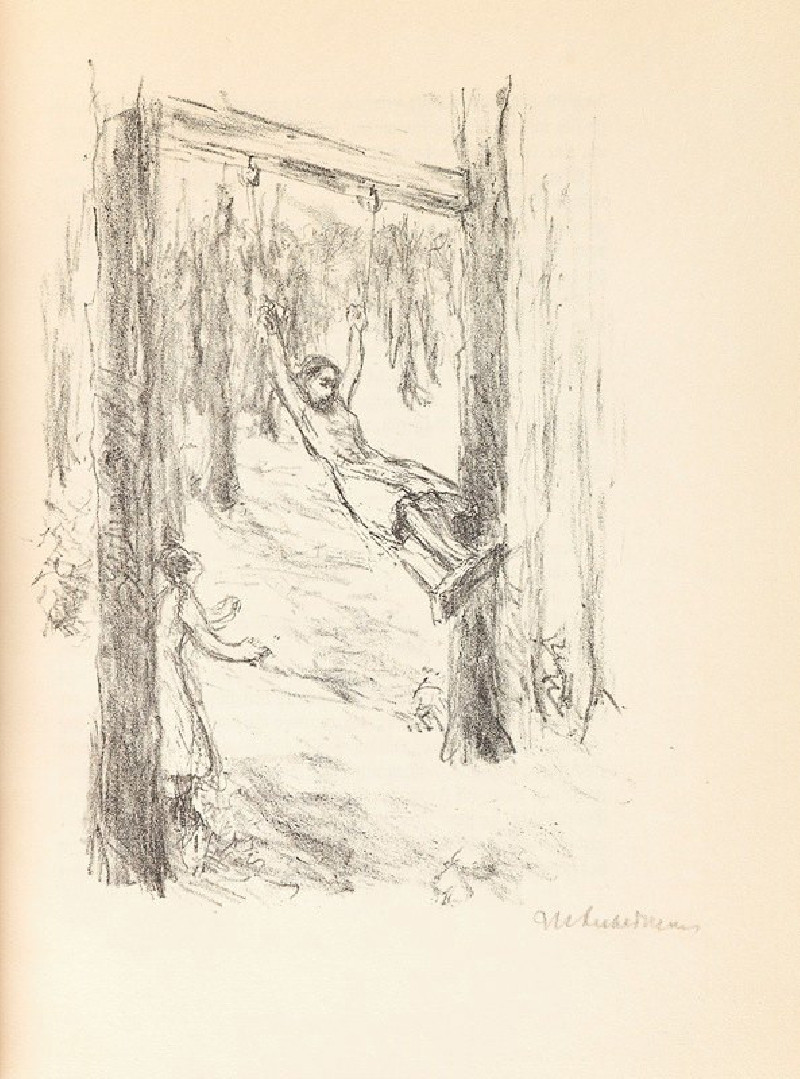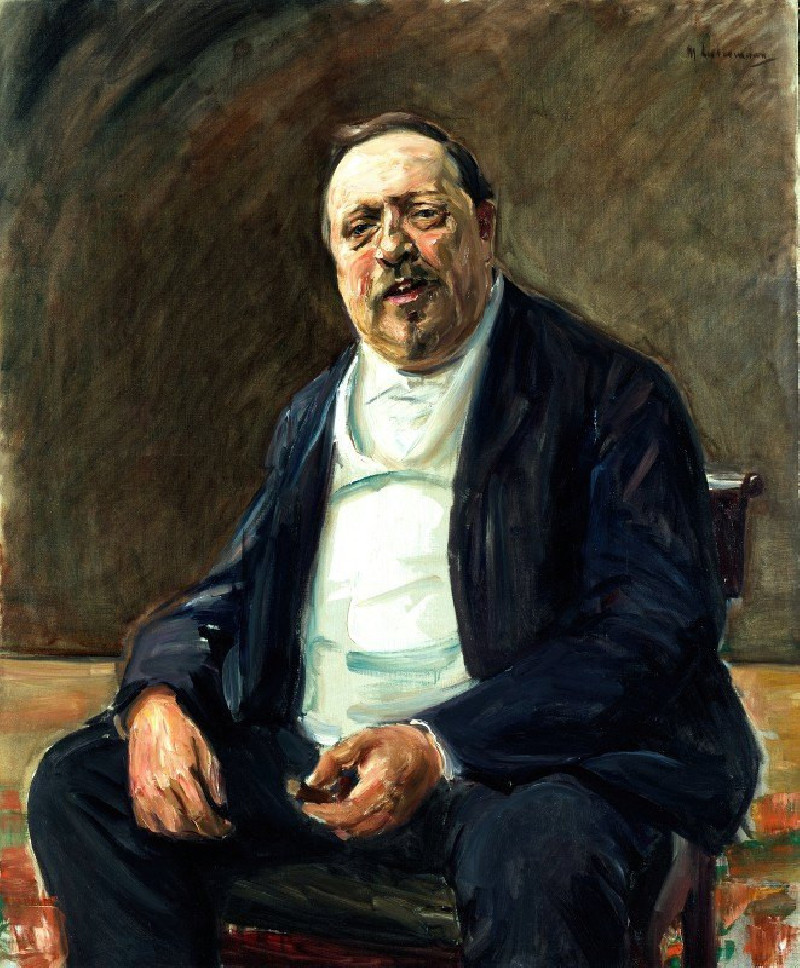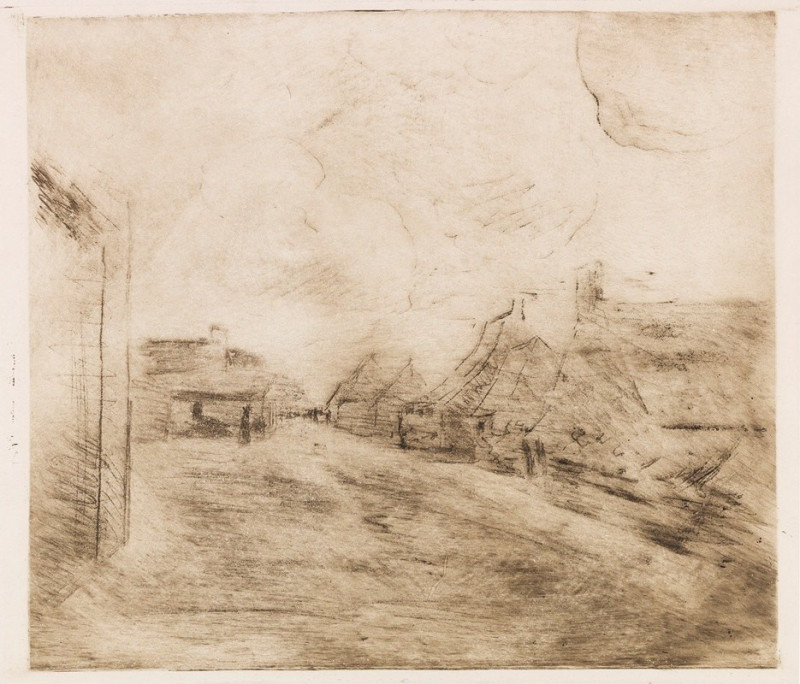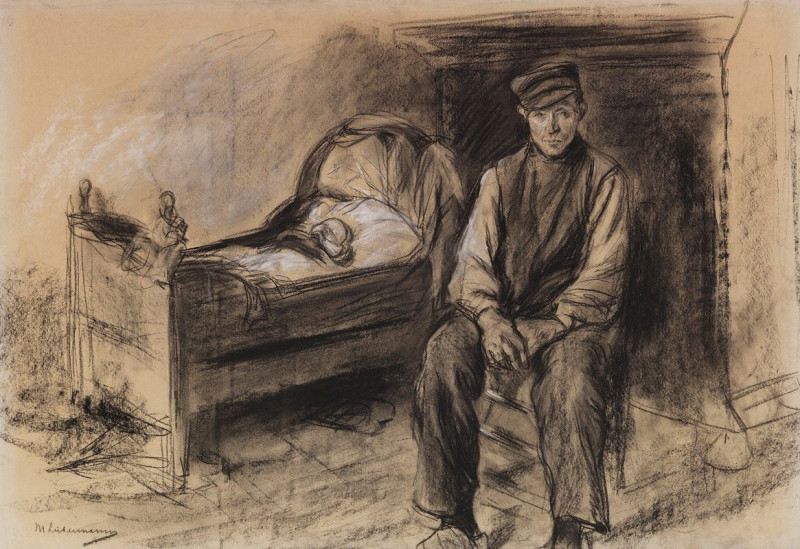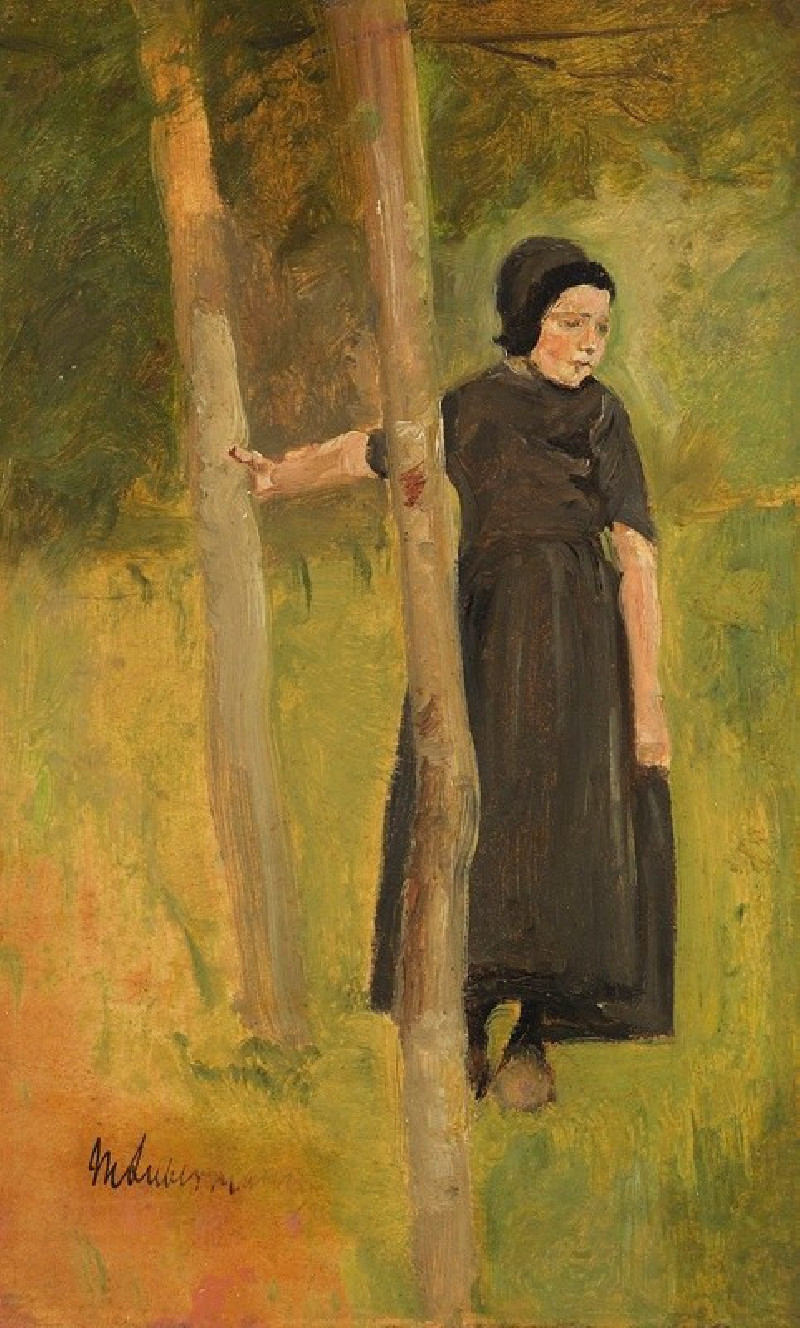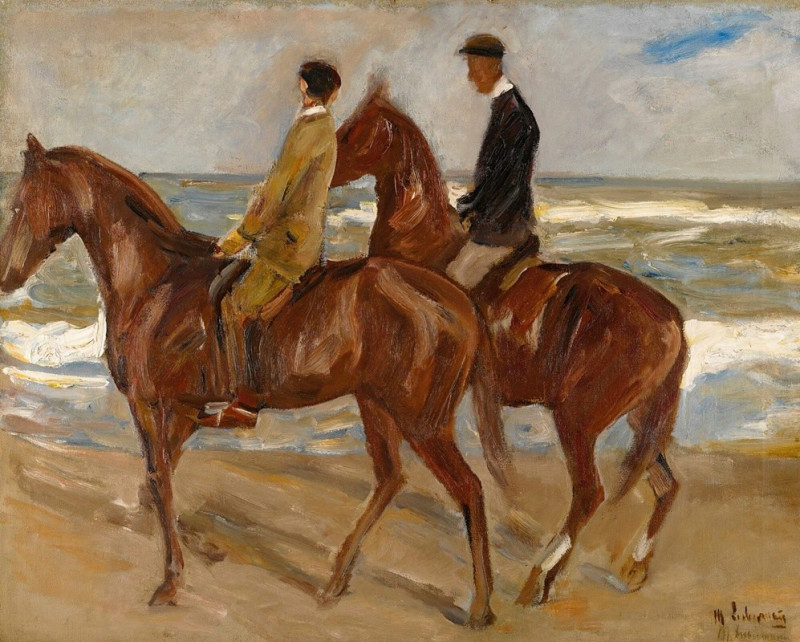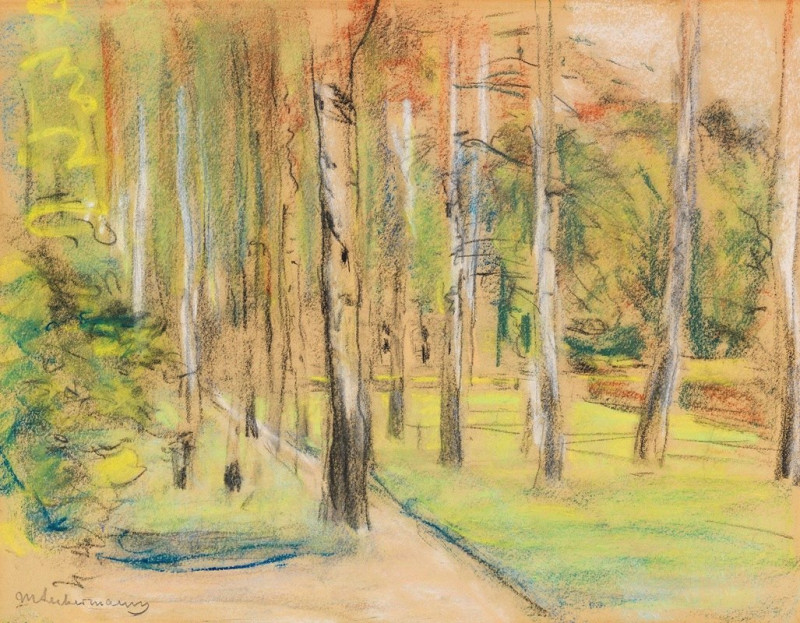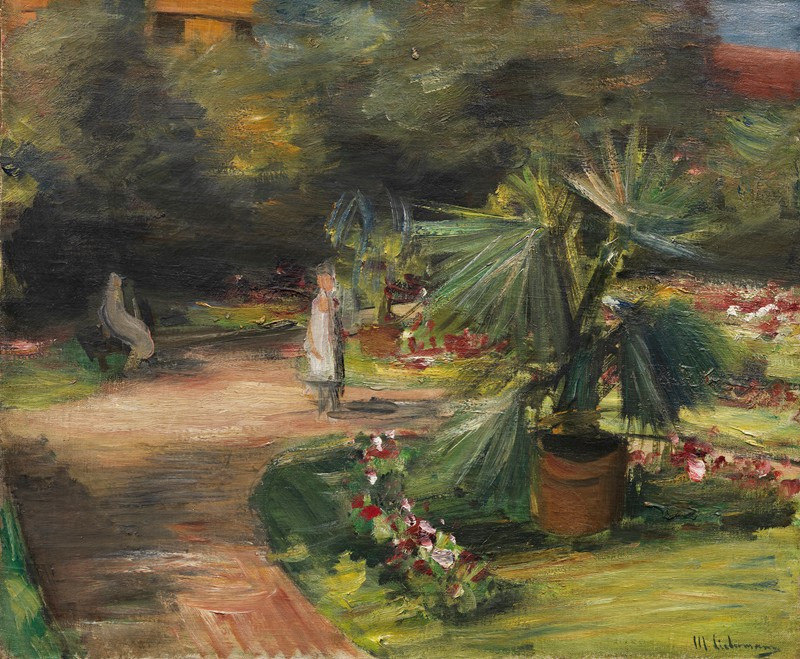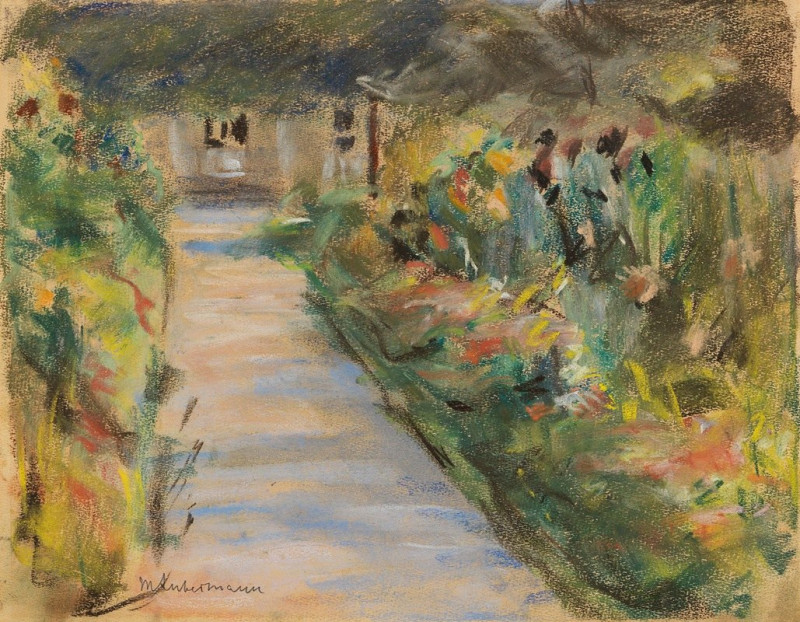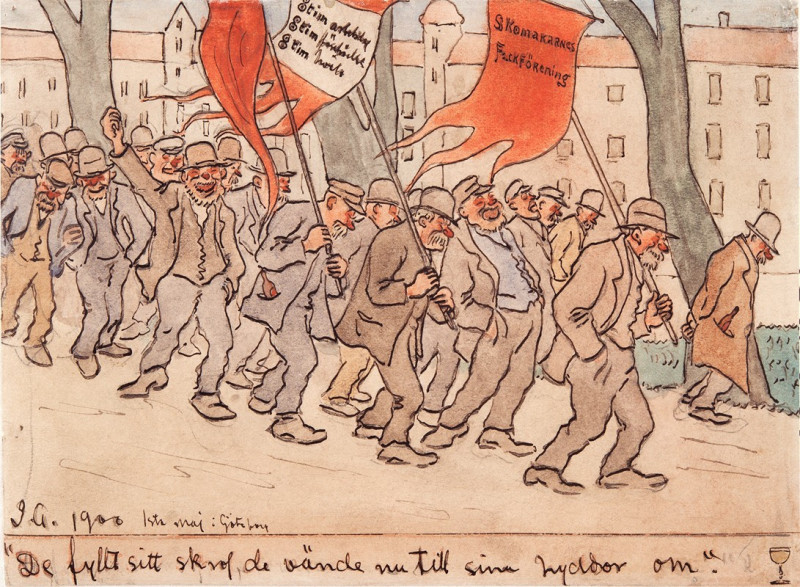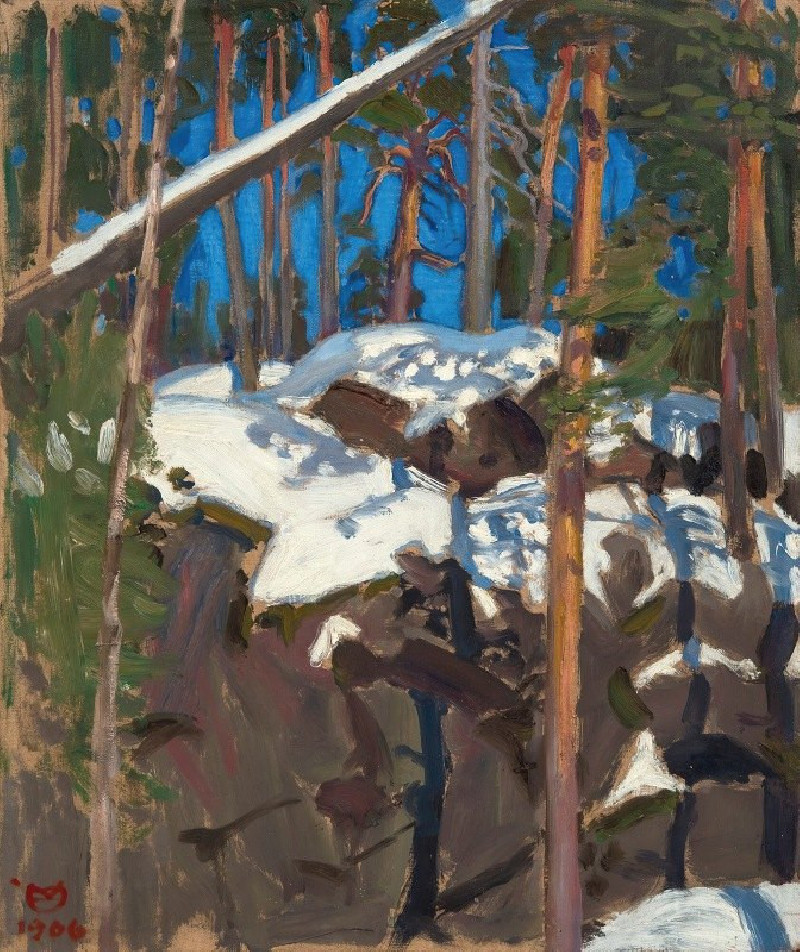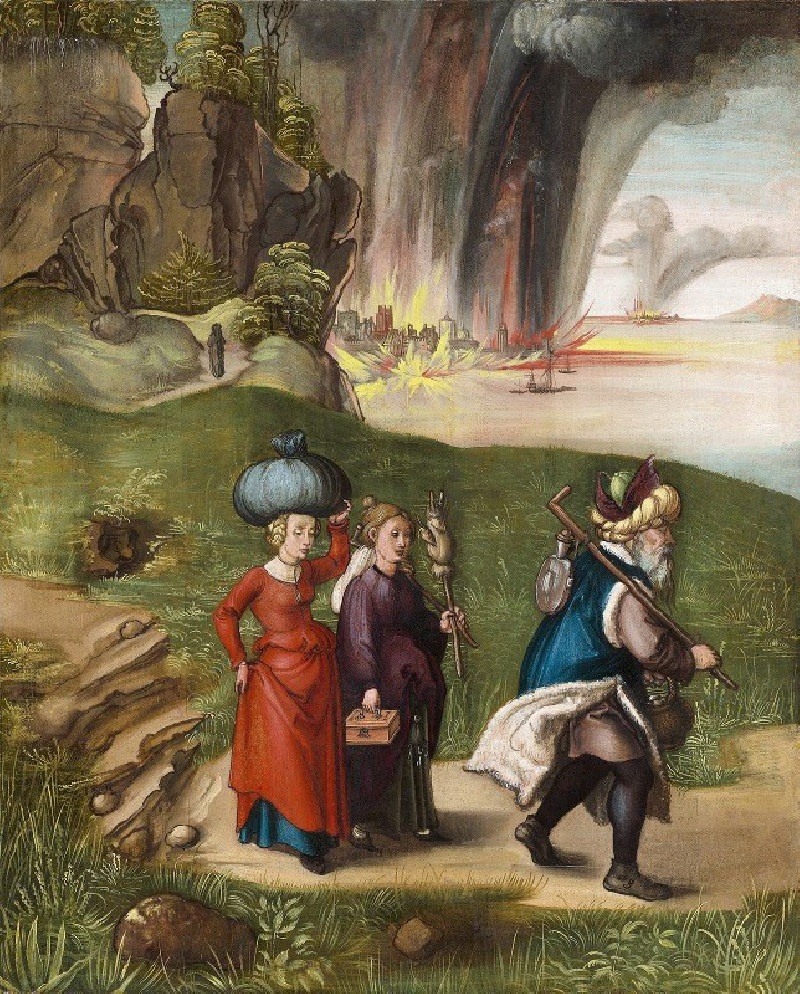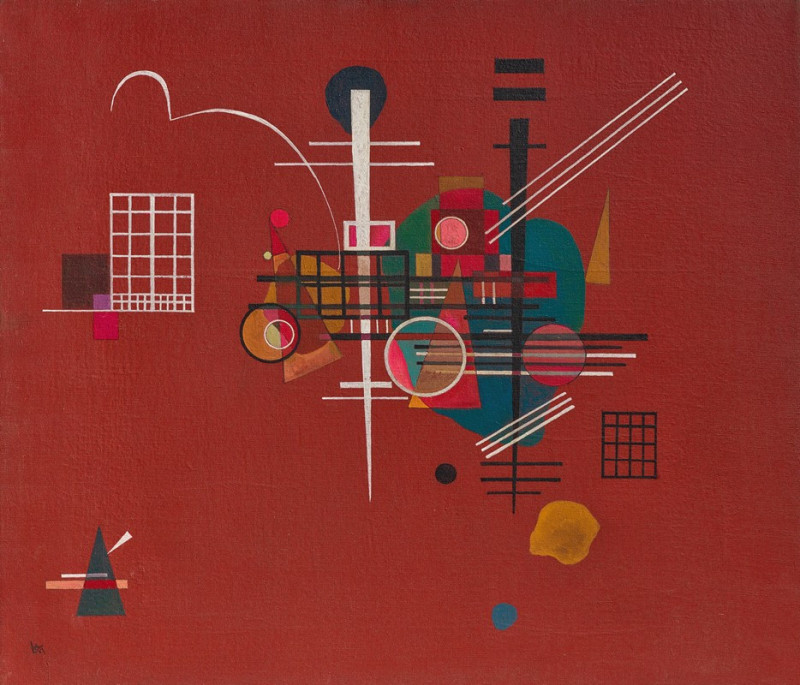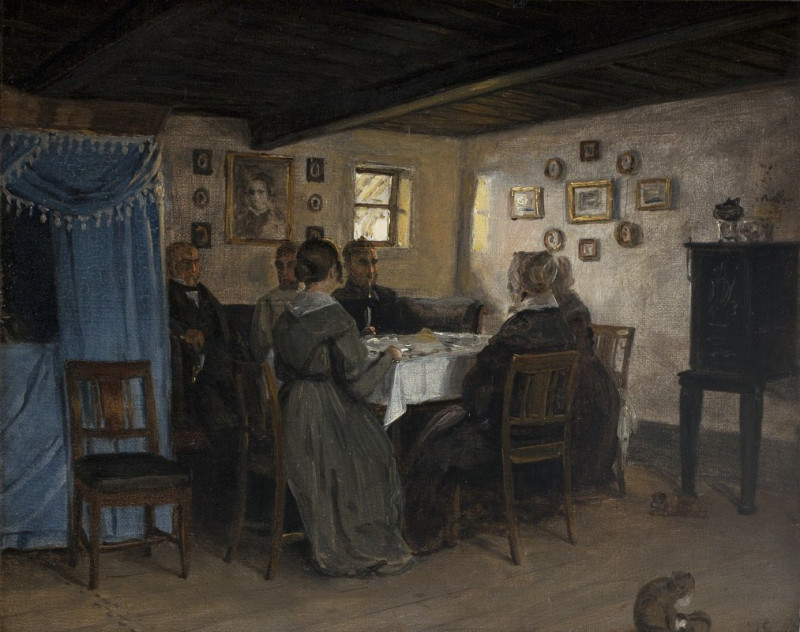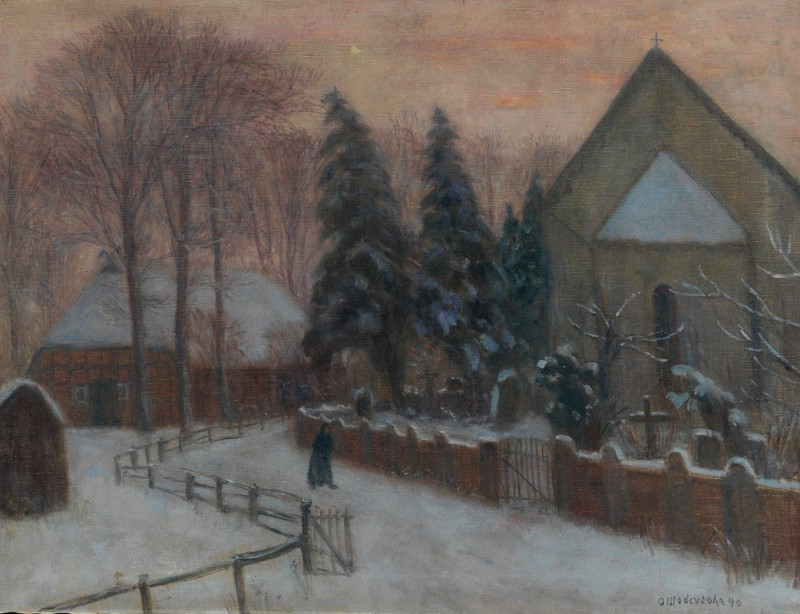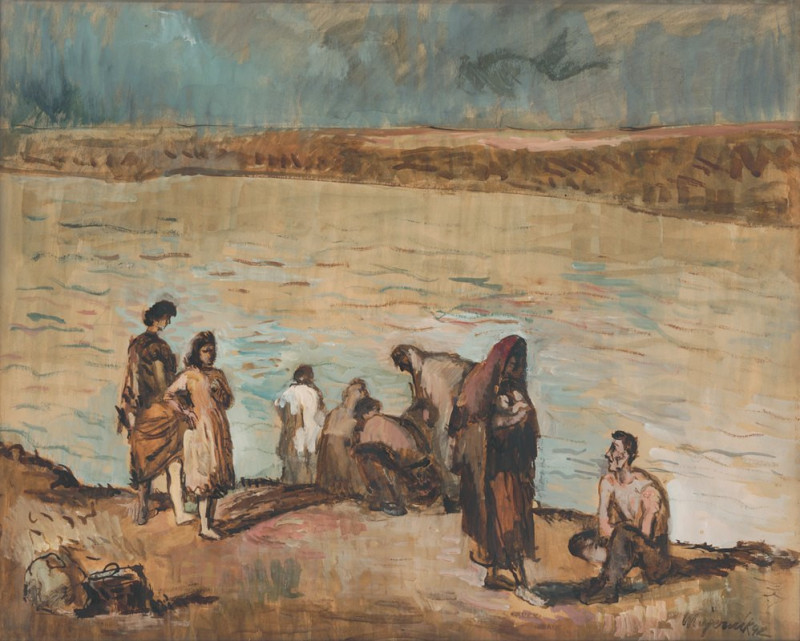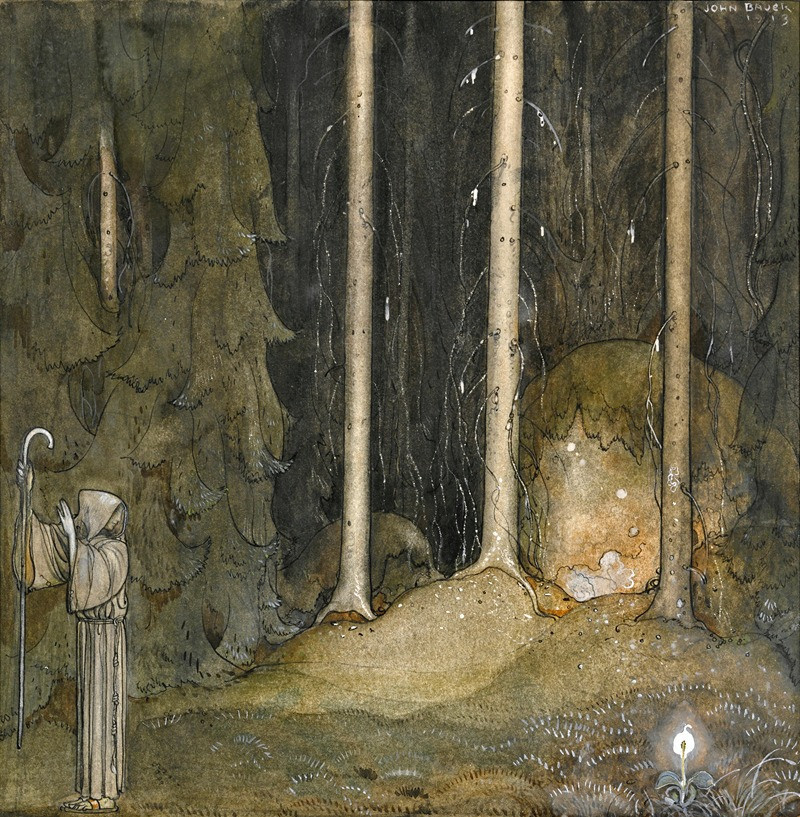Der Nutzgarten in Wannsee nach Osten (1924)
Technique: Giclée quality print
Recommended by our customers
More about this artwork
Step into the vibrant world captured in Max Liebermann's exquisite portrayal of his own garden, "Der Nutzgarten in Wannsee nach Osten." Painted in 1924, this artwork invites viewers into the lush tranquility of Liebermann's personal retreat in Wannsee, near Berlin.The painting features a verdant garden pathway flanked by flourishing beds of flowers in an array of striking colors. Vivid reds and gentle oranges come alive under a canopy of dense green leaves, casting dappled light onto the sandy path that draws the eye towards a distant garden trellis. This trellis, partly shrouded in shadow and mystery, serves as a focal point that suggests depth and invites curiosity about what lies beyond.Liebermann's use of impressionistic brush strokes captures the dynamic play of light and shade, creating a sense of immediacy and movement. Each stroke contributes to a texture that is almost tangible, with the lush foliage seeming to rustle in the breeze."Der Nutzgarten in Wannsee nach Osten" is not just a visual treat; it is a testament to Liebermann’s love for natural beauty and his mastery of capturing the essence of outdoor splendor. This painting holds a mirror to the tranquility of nature, inviting the viewer to pause and appreciate the simple beauty of a garden walk on a sunny day.
Delivery
Returns
Max Liebermann was a German painter and printmaker of Ashkenazi Jewish ancestry, and one of the leading proponents of Impressionism in Germany.
The son of a Jewish fabric manufacturer turned banker from Berlin, Liebermann grew up in an imposing town house alongside the Brandenburg Gate.
He first studied law and philosophy at the University of Berlin, but later studied painting and drawing in Weimar in 1869, in Paris in 1872, and in the Netherlands in 1876–77.

